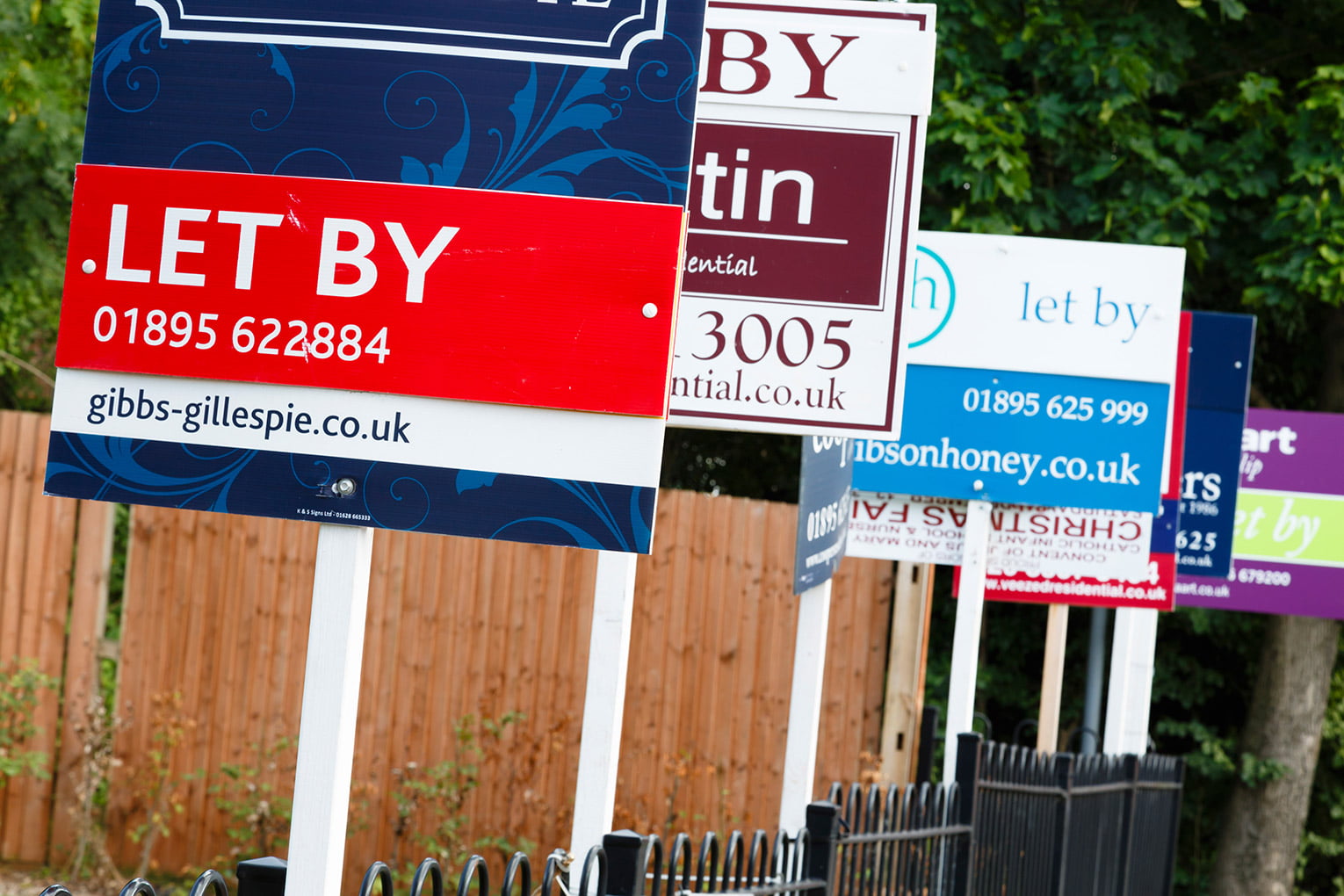Buy-to-let product numbers grew more slowly in the second quarter of 2016 compared to Q1, according to the latest Complex Buy to Let Index from Mortgages for Business.
Products increased by an average of just 75 in Q2 compared to an increase of 142 in Q1. Much of the rise in Q2 was due to lenders creating separate offerings with differing stress test calculations for personal and limited company borrowers, the firm said.
The trend for remortgaging continued whereas purchase activity fell back to pre-Q1 levels when investors surged to get purchases completed ahead of the introduction of the SDLT surcharge.
The average loan to value of HMOs increased from just 62% in Q1 to 75% in Q2 suggesting that investors are keen to stretch borrowing on this asset class due to the consistently high returns on offer. However, looking at the data over the last five years, LTVs on HMOs have remained fairly steady, averaging 69%. LTVs on vanilla buy-to-let property have also remained steady, averaging 67% since the index began in 2011.
LTVs for multi-units and semi-commercial property have travelled a more uneven path and, as might be expected with these more commercially underwritten properties, average LTVs are lower. The average LTV of a multi-unit stood at just 56% in Q2 compared to an average of 64% over the last five years. Average LTVs for semi-commercial property was 60% in Q2 2016 – the same as the five-year average.
David Whittaker, managing director of Mortgages for Business, said: “We now have five years’ worth of data against which investors can benchmark their portfolios. Both vanilla buy-to-let and HMO property offer fairly consistent yields.
“For the more cautious investor and for those who like a mix of risk within their portfolio, 6.1% average yield on a standard buy-to-let still represents a good return. And for the more experienced investor, HMOs certainly perform better than all other types of rental property averaging just below 10% since 2011.”
Average yields on multi-units grew to 9.5%, well above the five year average of 7.4% demonstrating that landlords can often achieve greater yields by taking on more complex property types.
Semi-commercial property performed less well than expected considering these buildings are not subject to the residential stamp duty surcharge, the firms said.





